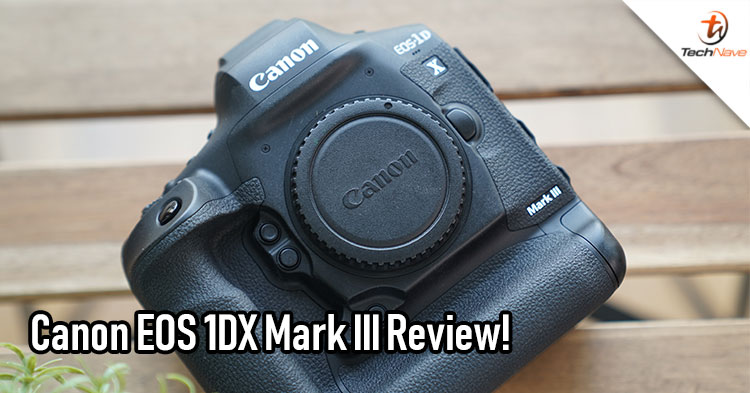
If you're a professional photographer or a photography hobbyist, The Canon EOS-1DX series will not be a stranger to you. But if you've just started picking photography up, this might be the future camera gear for you. Today, we are going to share our review on the latest high-end DSLR from Canon, the EOS-1DX Mark III.
Since we do have a video production team and often create different types of content, we were pretty keen on trying out the Canon EOS-1D X Mark III to see how it performs in our shoots. When we first got our hands on it, the design didn't look all that new. In fact, it is still the same as the previous EOS-1D's body from back in the day. But on the inside, it's a whole new story. So in this review, we will be looking at what it has to offer and how it performs!
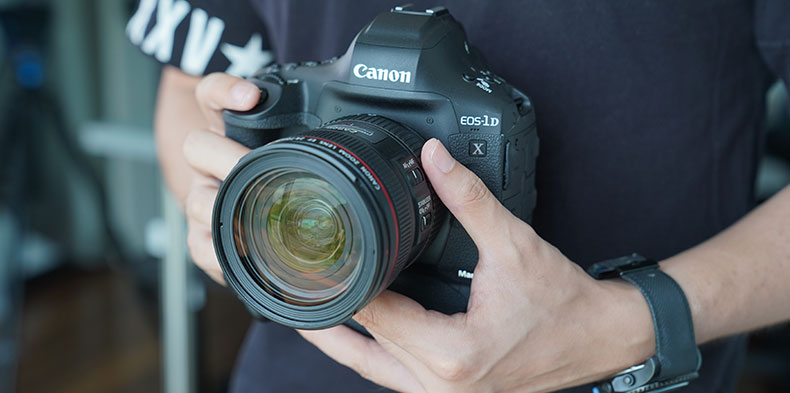
The body frame still feels the same as the EOS 1DX lineup
Let's start with the design and body build! Physically you'll not see any changes from the previous predecessors because Canon stated that the design is to make the photographer or users feel like hugging an old friend when they are holding onto this camera. Although it looks and feels the same, Canon has actually re-engineered the magnesium alloy body to be stronger and lighter by changing some internal components. It is now 100g lighter than the Mark II.
Besides, the buttons on the Mark III are now illuminated. Yes, for those of you who shoot in the dark or low light conditions, this will be your favourite feature because all the buttons, from the menu to the one on the top, will glow in the dark and that is something other professional DSLR or mirrorless cameras don't have. On a more detailed note, every joint and button is sealed with O-rings to make them water and dustproof, so shooting outdoors in bad weather is not a problem.
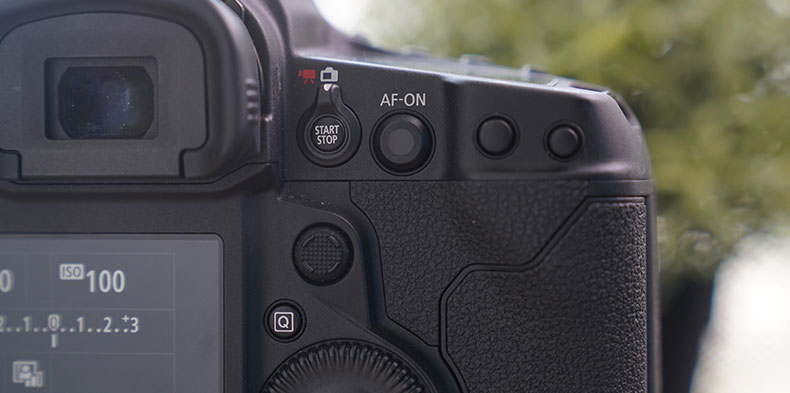
Buttons and joystick are placed in the same arrangements
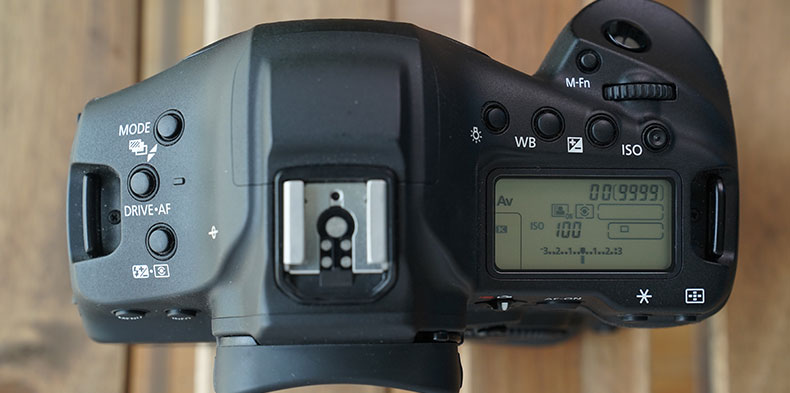
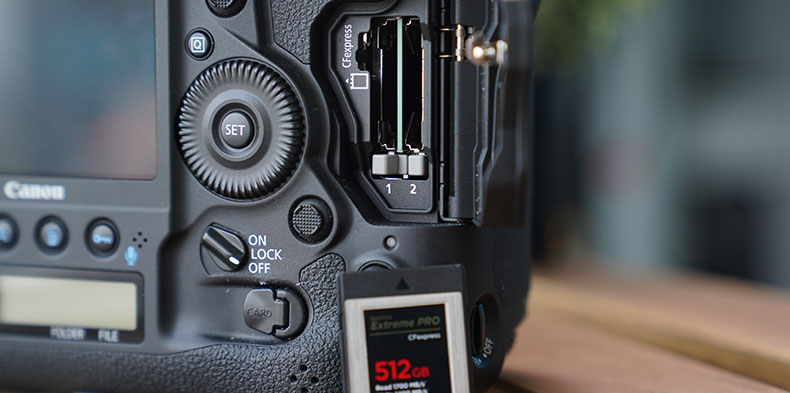
Two matching CFExpress card slots
As for the rear touchscreen LCD, it is the first fully functional touchscreen rear LCD on the EOS-1D camera. While it's still not an impressive one, Canon has increased the resolution from 1.6 million dots on the Mark II to 2.1 million dots on the Mark III. If you're shooting videos, it will probably be a pain in the neck because it's still a fixed panel. But on the flip side, the new Smart Controller feature can move your AF point as fast as your thumb could manipulate traditional controls. This means no more missed shots, especially while you're shooting fast-moving objects.
However, using the Smart Controller can take a little getting used to. On the first few tries, I've had to deal with over sensitive detection where the AF point got pushed away from where I intended it to be. Luckily, I found an option in the camera's menu to reduce its sensitivity. It's compatible with gloves as well, which is another plus point.
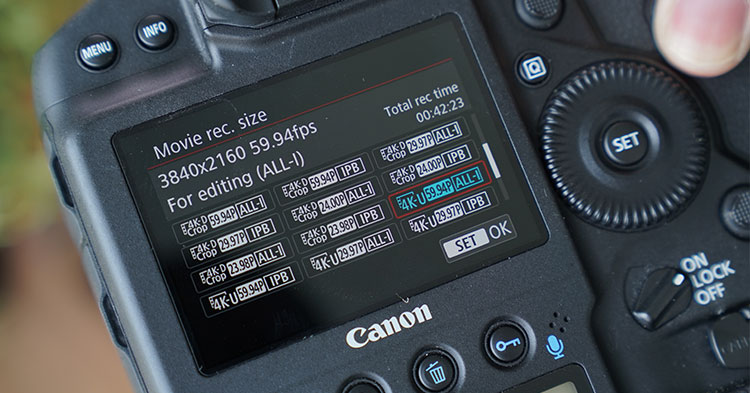
Video capturing formats goes up to 4K 60fps
Being a pro-level DSLR, the 1DX Mark III comes with loads of connection sockets as well as built-in Wi-Fi, Bluetooth, and GPS antennas. This allows you to use the Camera App on your phone to control your camera remotely and also to transfer files instantly. It also supports multiple network protocols at one time, allowing to you to hook up Canon's WFT-E9A wireless transmitter to auto-transfer files and then use your phone to adjust the camera settings by connecting it with the built-in WIFI. You can even hardwire into the camera with a gigabit ethernet cable.
The one component that contributed to the large body of the 1DX Mark III would be Canon's LP-E19 battery. This built-in non-removable battery component might seem to be a con due to the weight, but its benefit outweighs the con. With it, you will get more than 2850 shots with the OVF or 620 shots using live view. And with the two matched CFExpress card slots, you will get zero buffer on the 20fps burst shooting mode. Not once did I ever experience any lag while playing back my large video files on the camera itself.
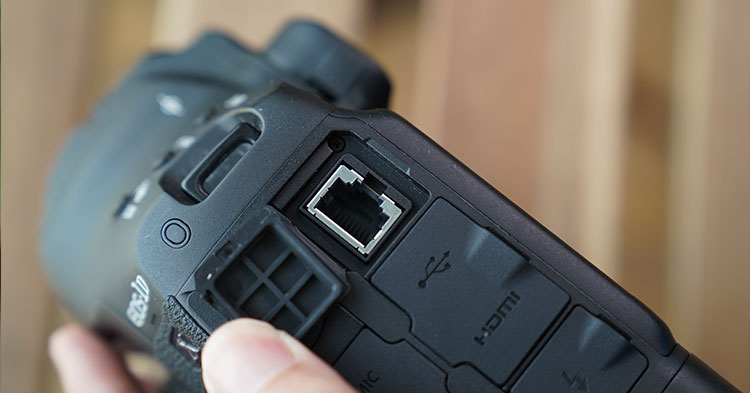
Gigabit Ethernet Connector
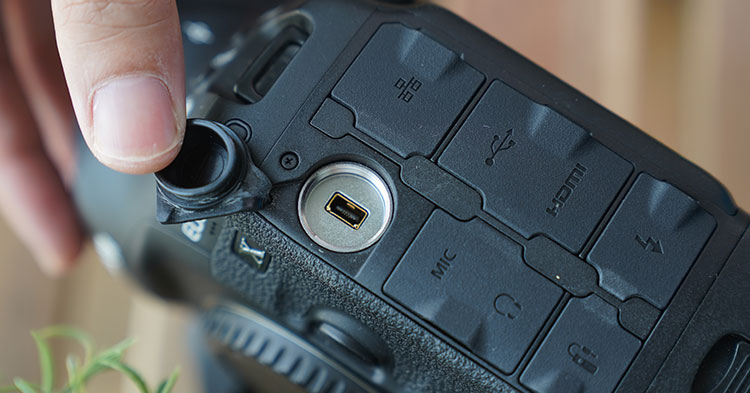
Canon WFT Connector
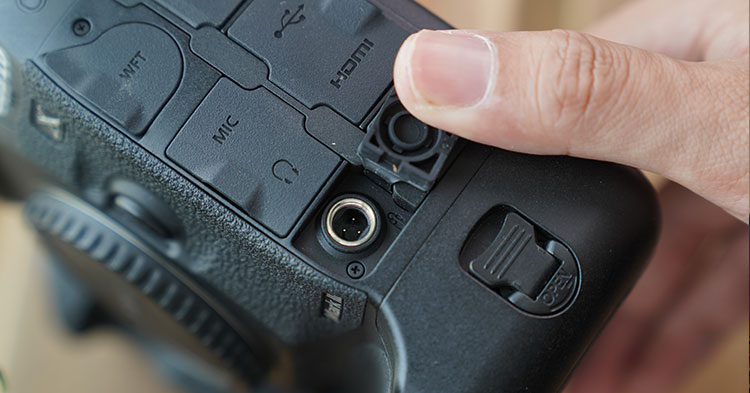
Remote terminal for N3 remote cords for exposure timer controls
Underneath the hood, the Canon 1DX Mark III comes with a new Digic X processing chip, which is now three times faster or 380 times faster on continuous processing speeds than the Digic 6 engines on the 1DX Mark II. With that, it also comes with a new HEIF file format. Sounds familiar? This format is widely used on Apple devices and with it, you can now capture 10-bit RGB. It has a wider dynamic and colour gamut, as well as a more efficient compression algorithm than the JPEG format.
The Canon 1DX Mark III comes with 20.1 megapixels this time around, which is comparatively less than the Mark II's 20.2MP sensor. But why did Canon make this move? Canon points out that 20MP is the sweet spot for optimal performance, as it produces sharpness and resolution equal to a pro 24.2MP sensor. That's because of the redesigned quad-layer filters and 16-point subsampling, making images pop out with greater clarity. Here are the sample photos we shot.
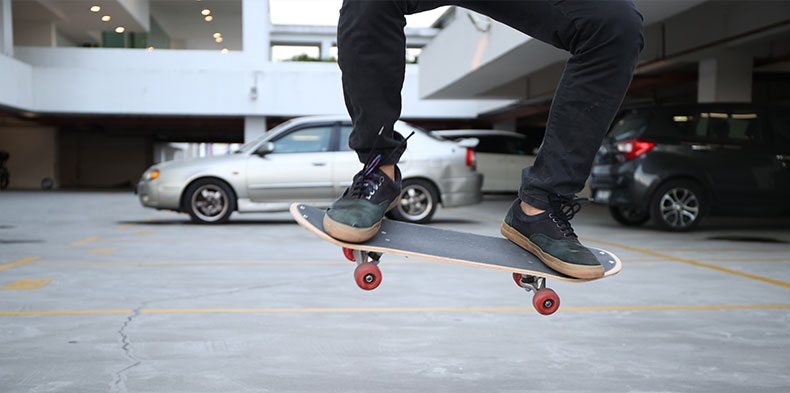
Shot with ISO 1600, f/4 on 32mm.

Shot with ISO 1600, f/4 on 70mm.

Shot with ISO 1600, f/4 on 32mm

Shot with ISO 1600, f/4 on 38mm
Other than photography, the 1DX Mark III has finally caught up with its videography capability as well. It is now capable of capturing full-width internal 12-bit 4K RAW recording up to 60fps with only manual focus. Meanwhile, it also supports up to 120fps 1080p internal conversion of slow-mo video. It also offers a 10-bit Canon Log mode and two levels of digital image stabilization.
Below are some video samples that we took using the RAW format and our 120fps slow-mo video.
1080p 120fps slow-mo
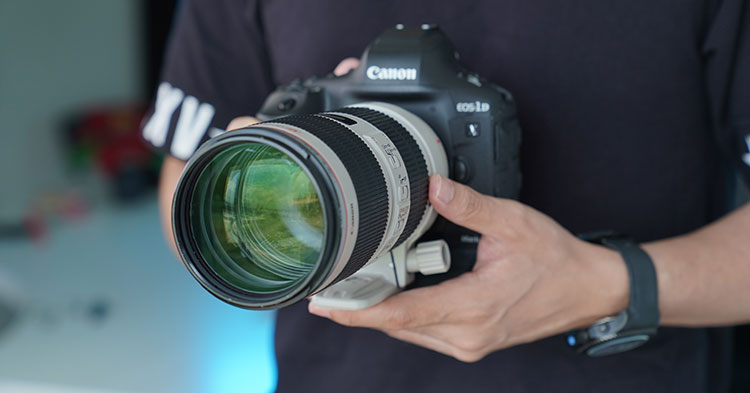
With the 1.4kg heavy and bulky frame, its hard to hold it for a long period of time.
So in a nutshell, the Canon EOS 1DX Mark III is the high-end professional powerhouse camera you would expect it to be. However, if you're someone who is more likely focusing on videography, this might not be something on your priority list. Unlike the other smaller DSLR or mirrorless cameras out there, this camera is huge and heavy so it's not suitable for carrying around and holding it for too long as well as for the price point.
But if you're a professional photographer, the optical viewfinder definitely gives the advantage in speed as well as the cutting-edge image format, next-gen memory card, and a massive battery. Also, the new smart control is so good that we think it could be the next industry-leading feature. For the time being, the Canon 1DX Mark III probably wouldn't be the first upgrade choice for our video production works. But what about you? Will you prefer the professional DSLR or a lighter mirrorless?
Tech Specs and features
- Updated 20.1MP CMOS sensor with Dual Pixel AF
- Digic X processor
- HEIF 10-bit recording (supports HDR display at smaller-than-JPEG sizes)
- 16fps bursts (viewfinder), 20fps bursts (Live View) with autofocus
- All-new mirror mechanism to reduce vibration and blackout
- 191-pt viewfinder AF system with new 'square pixel' design, 155 cross-type points, Face + head detection, sensitivity to -4 EV, all points support F8 shooting
- Live View AF system is now 90% horiz / 100% vertical coverage with enhanced eye detection, sensitivity down to -6 EV, supports F11 shooting
- New AF 'Smart Controller' built into the AF-ON buttons
- 5.5K/60p 12-bit Raw video recording, 4K/60p 4:2:2 10-bit H.265/HEVC recording
- Dual CFExpress card slots for virtually unlimited buffer in most situations
- CIPA rated to 2850 shots with the viewfinder, 610 with Live View using LP-E19 battery
- Shutter rated to 500k shots
- Weighs 1440g
Pros & Cons
Pros: Delivers great photos in JPEG, Raw, and HEIF HDR files that are great for lowering file sizes. CFExpress card slots provide smooth unlimited buffer for playback and it has plenty of extra video formats for videography.
Cons: Quite pricey and is quite heavy to carry around. Not the best camera for videography.
Conclusion: If you're a professional photographer with studio works or an existing EOS 1Dx series camera, this is the complete professional camera upgrade for you.






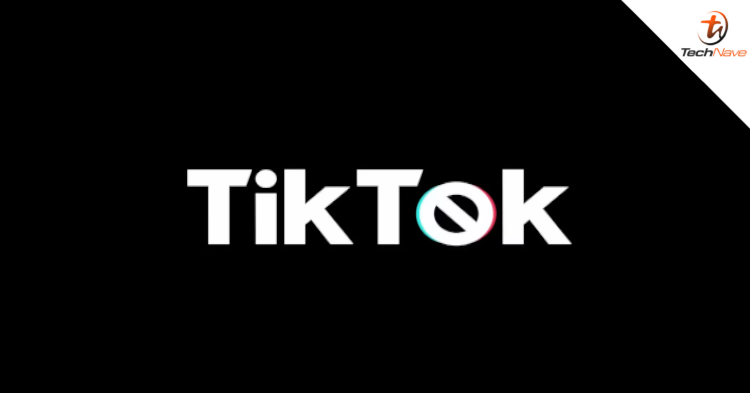


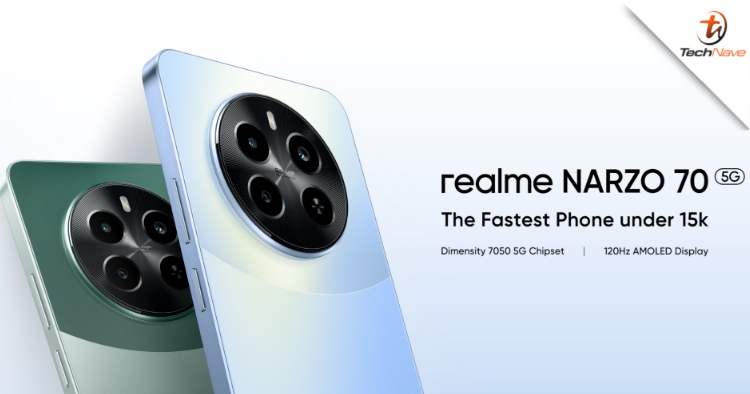
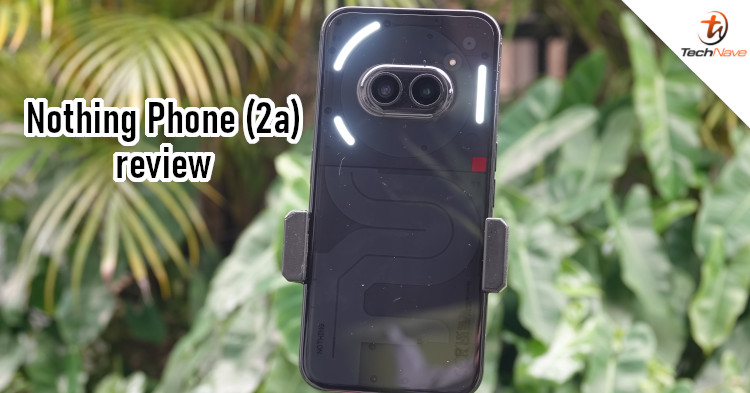





COMMENTS